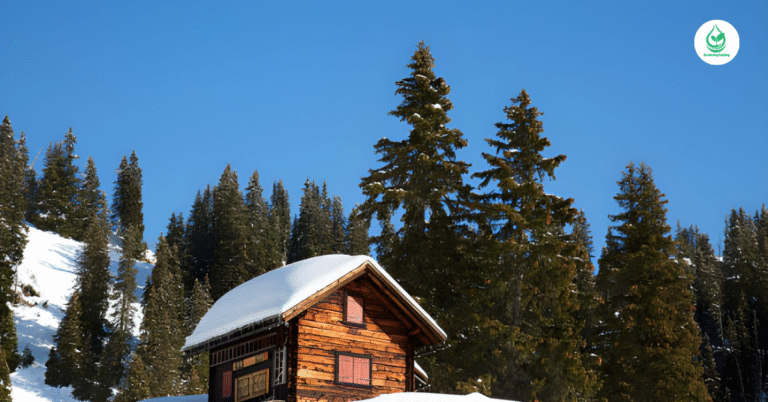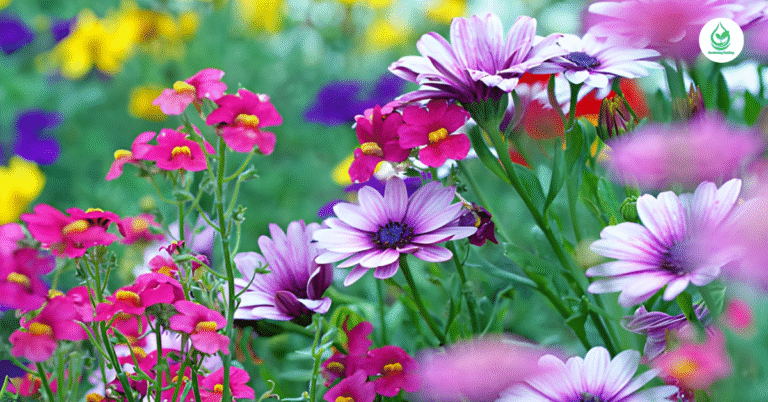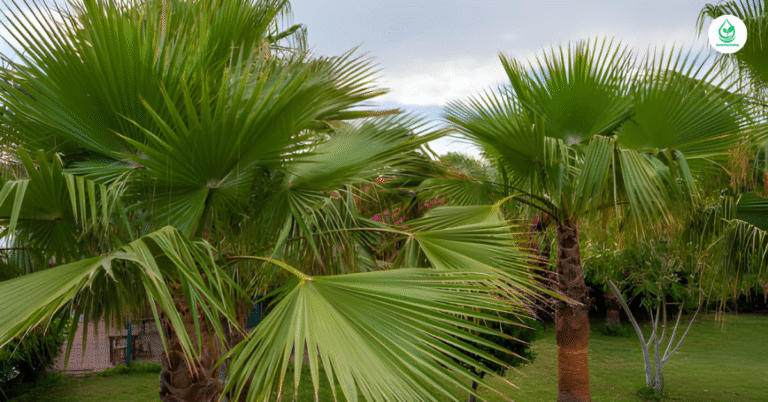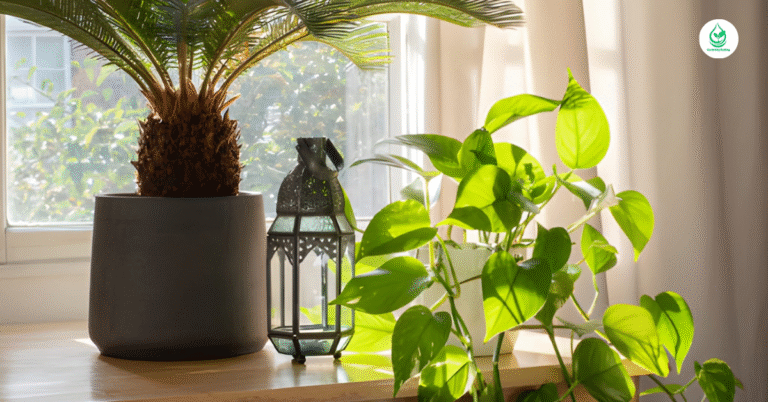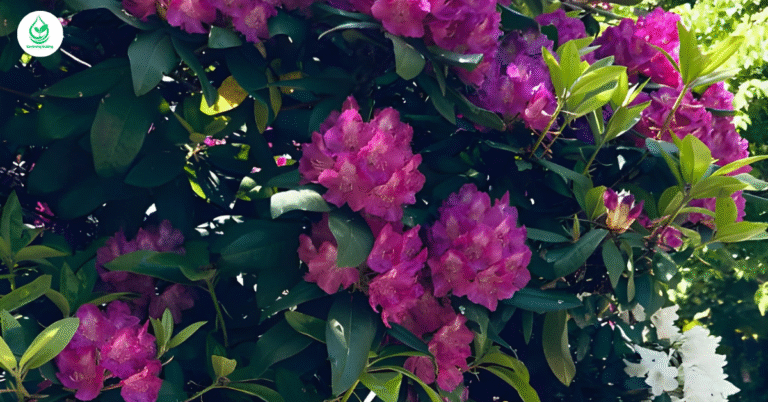5 ZZ Plant
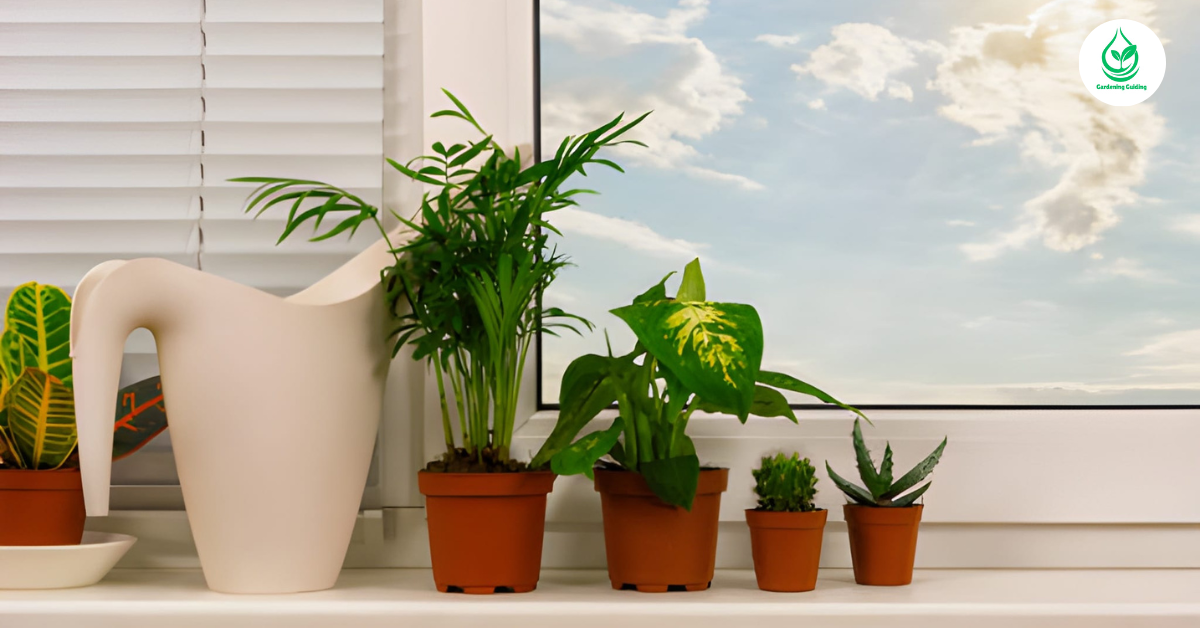
Introduction
The ZZ Plant, also known as Zamioculcas zamiifolia, is one of the most beloved indoor plants worldwide. Known for its shiny, dark green leaves and almost indestructible nature, this plant is ideal for beginners and experts alike. It’s low maintenance, thrives in low light, and adds elegance to any space — from offices to living rooms. There are several varieties of ZZ plants, each with unique beauty and personality. In this guide, we’ll explore the 5 most popular ZZ Plant varieties, how to care for them, and how they can transform your home into a lush, green paradise.
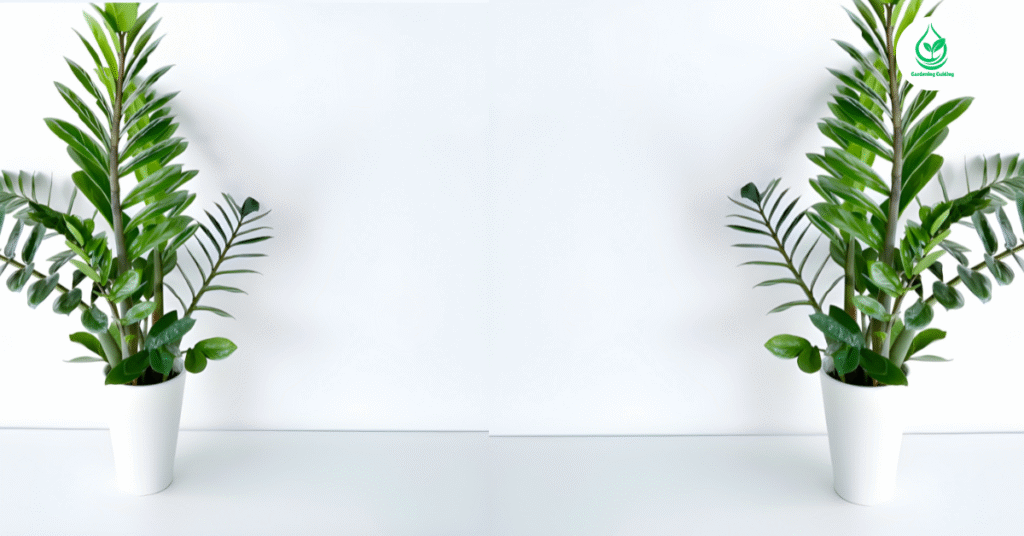
1. Classic Green ZZ Plant
Overview of the Classic Green ZZ
The classic Zamioculcas zamiifolia is the most common and widely loved version of the ZZ plant. Its thick, glossy leaves are dark emerald green and grow in perfect symmetry. The plant naturally stores water in its rhizomes, making it exceptionally drought-tolerant. This means it can survive long periods without watering — ideal for busy or forgetful plant lovers.
Best Growing Conditions
The Classic ZZ thrives in bright, indirect light but can easily adapt to low-light areas. It prefers temperatures between 65°F to 75°F (18°C to 24°C) and well-draining soil to prevent root rot. Avoid overwatering; once every two to three weeks is usually enough. ZZ Plants are also excellent for air purification — they absorb toxins like xylene and toluene, helping keep your indoor air clean.
Styling and Placement Ideas
Place your Classic ZZ in a white ceramic pot to contrast its deep green leaves. It looks stunning on office desks, side tables, or living room corners. You can even use multiple ZZs in matching pots for a clean, minimalist interior style. Their structured shape adds order and calm to spaces, blending well with both modern and traditional décor.
2. Raven ZZ Plant
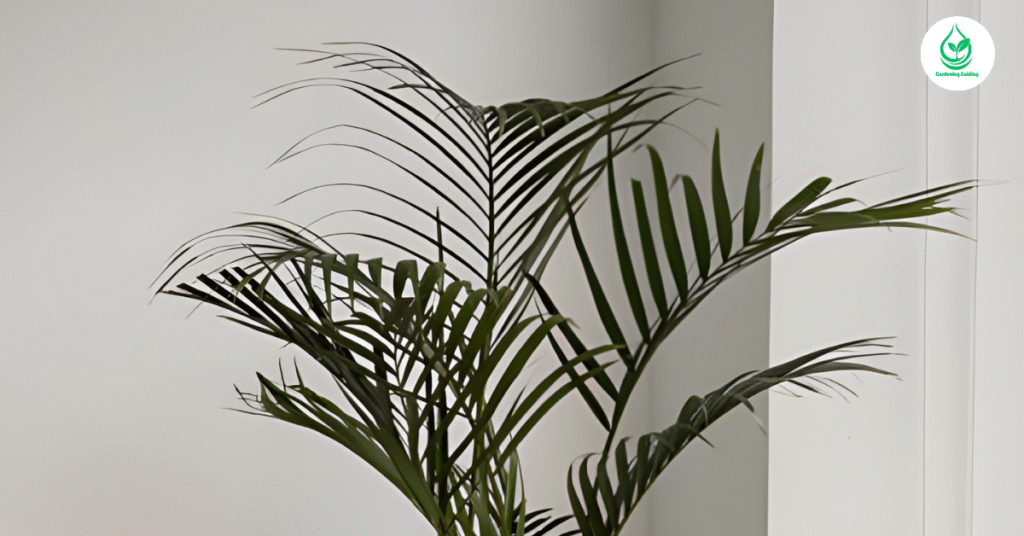
Unique Characteristics of the Raven ZZ
The Raven ZZ Plant (Zamioculcas zamiifolia ‘Raven’) is a breathtaking variety known for its glossy, deep purple-black leaves. New growth starts bright green and darkens over time, creating a dramatic two-tone effect. This plant adds an exotic, mysterious touch to any space, perfect for modern homes with darker aesthetics.
Care and Maintenance
Raven ZZs require the same care as classic ZZs — low to medium light and minimal watering. They are tolerant of neglect but sensitive to overwatering. Use a pot with drainage holes and avoid soggy soil. A slow-release fertilizer every 2–3 months during the growing season keeps the leaves shiny and vibrant.
Ideal Placement and Styling
The Raven ZZ looks striking against light-colored walls or paired with white or golden pots. Its moody foliage works beautifully in minimalist, monochrome, or Scandinavian interiors. You can place it in a corner or on a shelf where indirect sunlight enhances its deep hues. Combine it with light-green plants for a stunning color contrast.
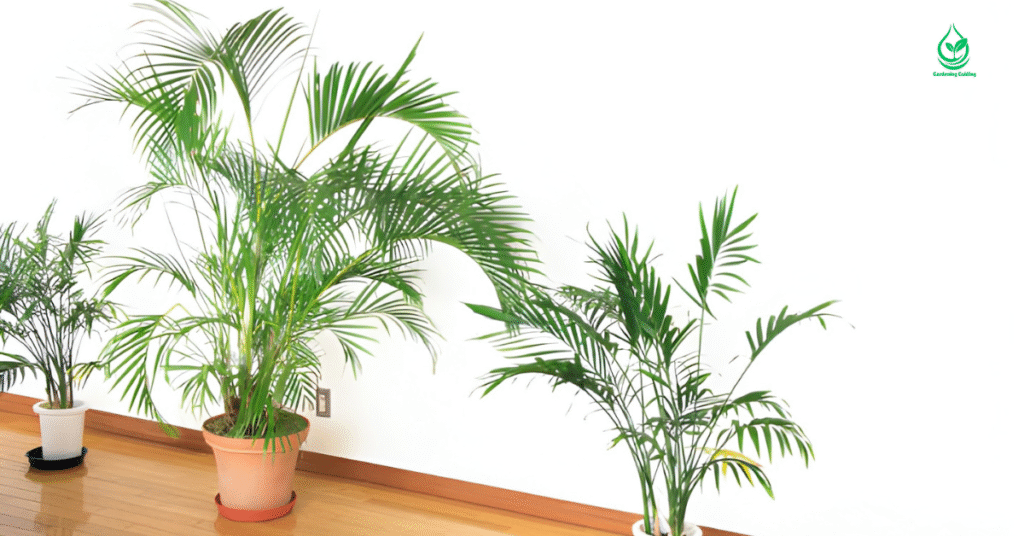
3. Variegated ZZ Plant
What Makes the Variegated ZZ Special
The Variegated ZZ Plant is a rare beauty, prized for its uniquely patterned leaves featuring shades of green, cream, and yellow. Each leaf has its own pattern, making every plant one of a kind. This variety is less common and usually found in specialty plant shops or online collectors’ markets.
Light and Watering Needs
Because of its variegation, this ZZ requires a bit more light than darker varieties — bright, indirect sunlight helps maintain its colorful patterns. Avoid direct sun, as it can scorch the leaves. Water sparingly, ensuring the soil dries completely between waterings. Too much water can fade the variegation and cause root rot.
Decorative Uses in Home Design
The Variegated ZZ is a statement piece. Use it as a centerpiece on coffee tables or entryway consoles where it can catch natural light. Its light, cheerful foliage adds vibrance to neutral or monotone spaces. A sleek, neutral pot lets its patterned leaves take the spotlight, bringing elegance and freshness into your décor.
4. Dwarf ZZ Plant
Description and Growth Pattern
The Dwarf ZZ Plant is a compact version of the classic ZZ, growing shorter with smaller leaves but maintaining the same glossy texture. It’s perfect for limited spaces like apartments, small offices, or shelves. Its petite structure makes it an adorable and low-maintenance option for anyone who loves the ZZ aesthetic in a smaller package.
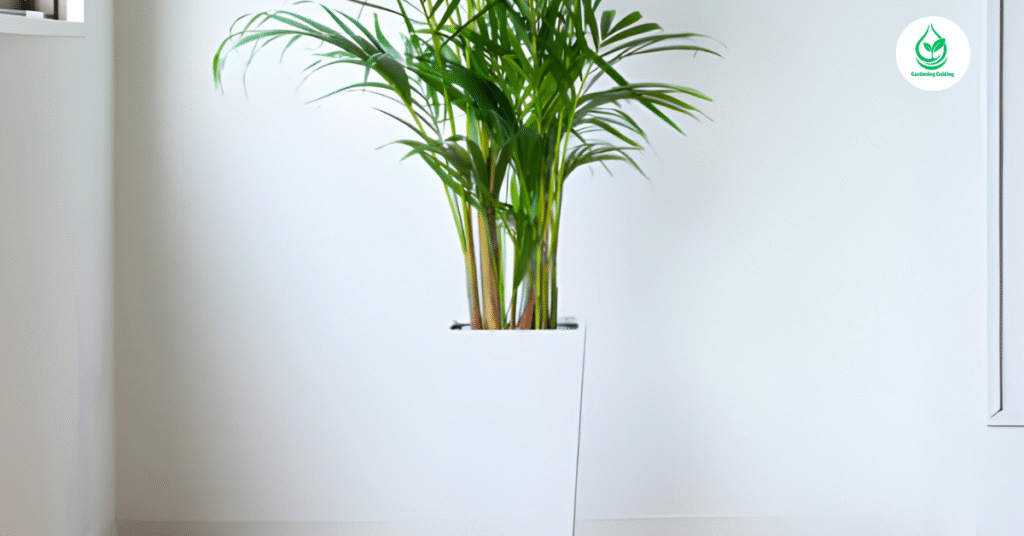
Growing Requirements
Like other ZZ varieties, the Dwarf ZZ enjoys well-draining soil and minimal watering. It tolerates low light but will grow faster in bright, filtered light. The compact size makes it ideal for tabletop arrangements, plant shelves, or even bathrooms with minimal sunlight. Regular dusting keeps its leaves shiny and healthy.
Styling Ideas
Dwarf ZZs look beautiful in small ceramic pots, grouped with succulents or mini cacti. They’re great for desks, bedside tables, or countertops. Their structured appearance adds neatness, and because they don’t outgrow their containers quickly, they’re perfect for low-upkeep decorators.
5. Lucky Classic ZZ Hybrid
Origin and Characteristics
The Lucky ZZ Hybrid is a newer variety that combines the resilience of the Classic ZZ with a slightly more vibrant green tone and compact growth habit. It’s considered lucky in many cultures — believed to bring wealth and positive energy, similar to Feng Shui plants like Jade and Money Plant.
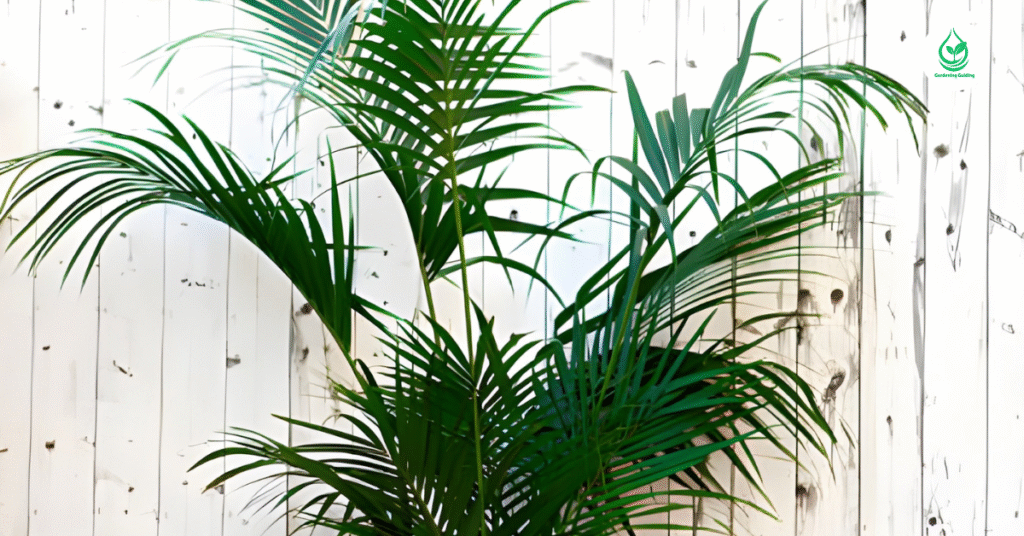
Best Care Practices
This variety thrives in indirect sunlight and moderate humidity. Like all ZZs, it’s drought-tolerant but appreciates occasional misting to maintain its shine. Feed it every 6–8 weeks with a balanced indoor plant fertilizer during spring and summer. Its sturdy rhizomes make it nearly impossible to kill, even for beginners.
Perfect Spots in Your Home
The Lucky ZZ Hybrid is ideal for homes or offices aiming for a natural, lucky charm. Place it in the entrance, near a window with filtered light, or in your workspace for a refreshing and prosperous vibe. Its clean, upright leaves radiate positivity and vitality — a true favorite for plant lovers seeking simplicity and meaning.
Comparison Table – 5 ZZ Plant Varieties
| ZZ Plant Variety | Leaf Color | Light Requirement | Watering Frequency | Growth Height | Special Feature |
| Classic Green ZZ | Deep glossy green | Low to bright indirect light | Every 2–3 weeks | 2–3 feet | Air purifying & drought tolerant |
| Raven ZZ | Dark purple-black | Medium indirect light | Every 2–3 weeks | 2–4 feet | Unique dark leaves that change color |
| Variegated ZZ | Green, cream & yellow mix | Bright indirect light | Every 2 weeks | 2–3 feet | Rare variety with multicolor leaves |
| Dwarf ZZ | Bright green | Low to medium light | Every 2–3 weeks | 1–1.5 feet | Compact, ideal for small spaces |
| Lucky ZZ Hybrid | Light vibrant green | Indirect light | Every 2–3 weeks | 2 feet | Believed to bring luck & prosperity |
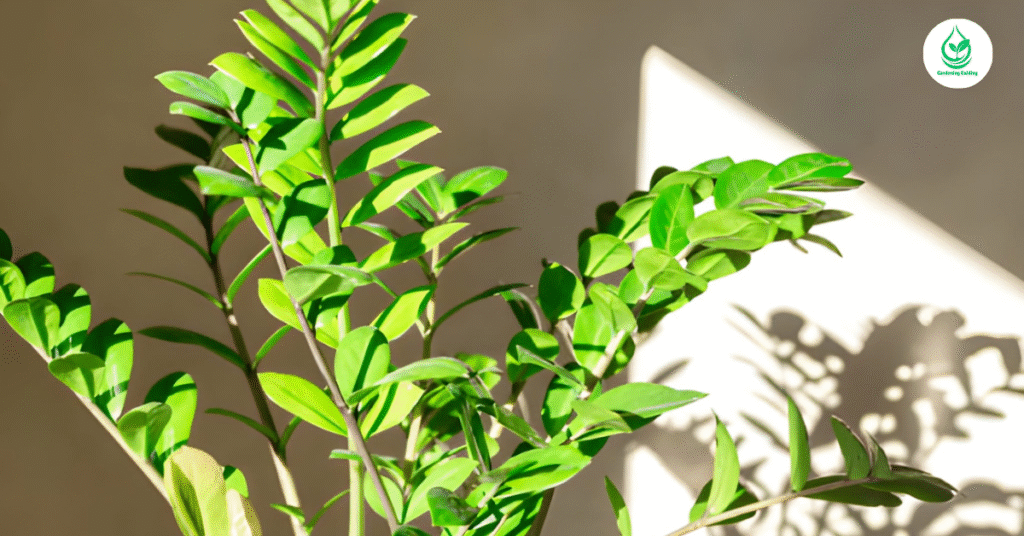
5 Major Benefits of ZZ Plants
1. Air Purification
ZZ plants are natural air purifiers. They remove toxins like xylene, benzene, and toluene, improving indoor air quality. This makes them great for bedrooms and offices where fresh, clean air supports focus and well-being.
2. Easy Maintenance
One of the main reasons people love ZZ plants is how little effort they need. They thrive on neglect and can survive even if you forget to water them for weeks.
3. Low-Light Adaptability
Unlike many plants that require bright sunlight, ZZ plants can live happily in low-light spaces, such as offices, hallways, or shaded corners.
4. Long Lifespan
With proper care, a ZZ plant can live for years, continuously growing new shoots and staying lush.
5. Elegant Aesthetic
Their shiny, symmetrical leaves add a clean, polished touch to any room — effortlessly elevating home or office décor.
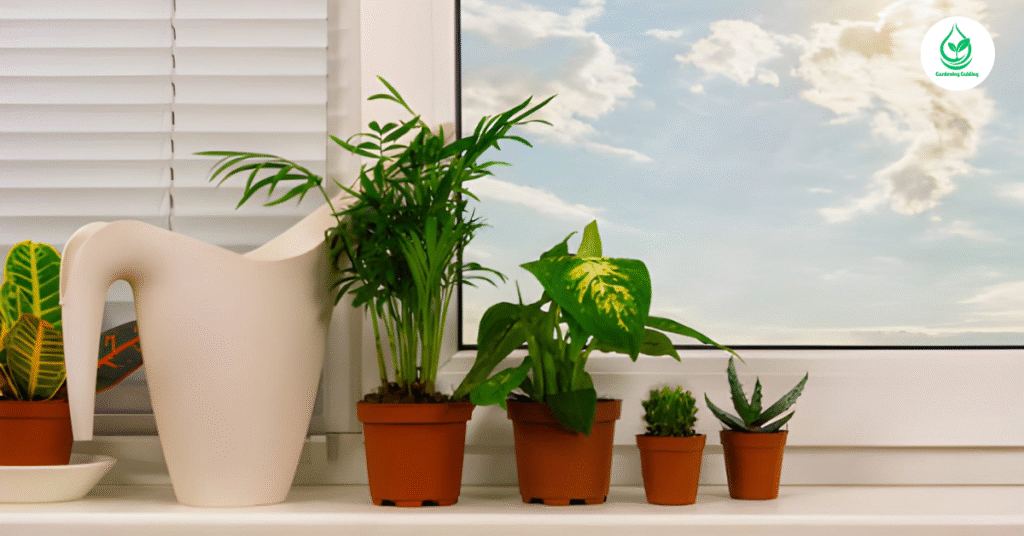
5 Common Problems with ZZ Plants
1. Yellowing Leaves
Overwatering is the main cause of yellow leaves. Always check that the soil is dry before adding water.
2. Root Rot
Poor drainage can cause rhizomes to rot. Use a well-draining potting mix and pots with holes.
3. Slow Growth
Lack of light or nutrients may slow growth. Move your plant to a brighter spot or fertilize lightly in the growing season.
4. Leaf Curling
Dry air or too much direct sunlight can make leaves curl. Maintain humidity and avoid harsh sun rays.
5. Pests (Mealybugs or Spider Mites)
Wipe leaves regularly and use neem oil spray to prevent pest infestation.
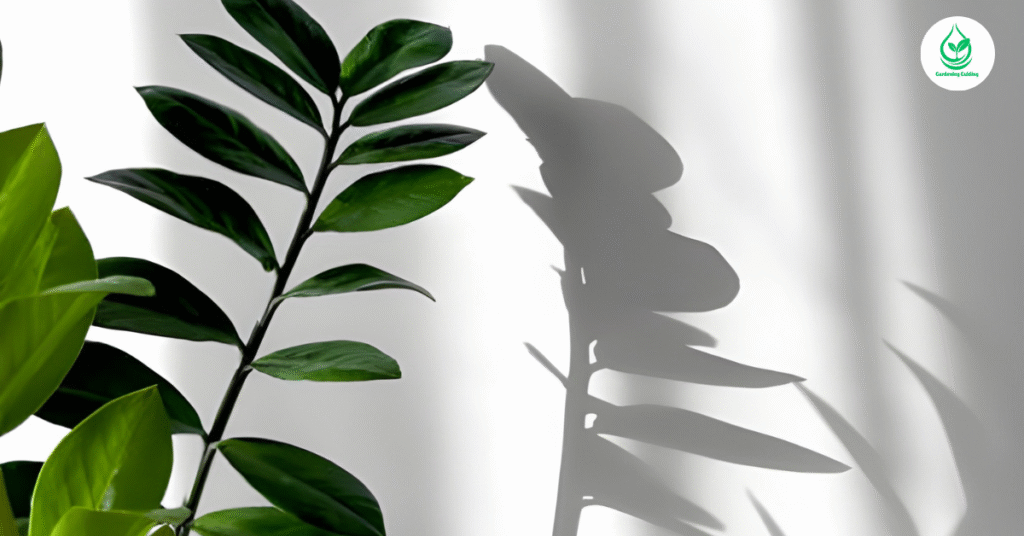
5 Pros of ZZ Plant
- Low Maintenance: Perfect for beginners or busy people.
- Adaptable to Light: Grows in both low and bright light.
- Air Purifying: Improves indoor air quality.
- Stylish Look: Glossy leaves make it an interior favorite.
- Long Life Span: Can thrive for years with little care.
5 Cons of ZZ Plant
- Toxic to Pets: Can be harmful if ingested by cats or dogs.
- Slow Growth: Takes time to show visible growth.
- Sensitive to Overwatering: Root rot is a common issue.
- Expensive Rare Varieties: Variegated types can be costly.
- Limited Flowering: Rarely blooms indoors.
Detailed Care Guide for ZZ Plants
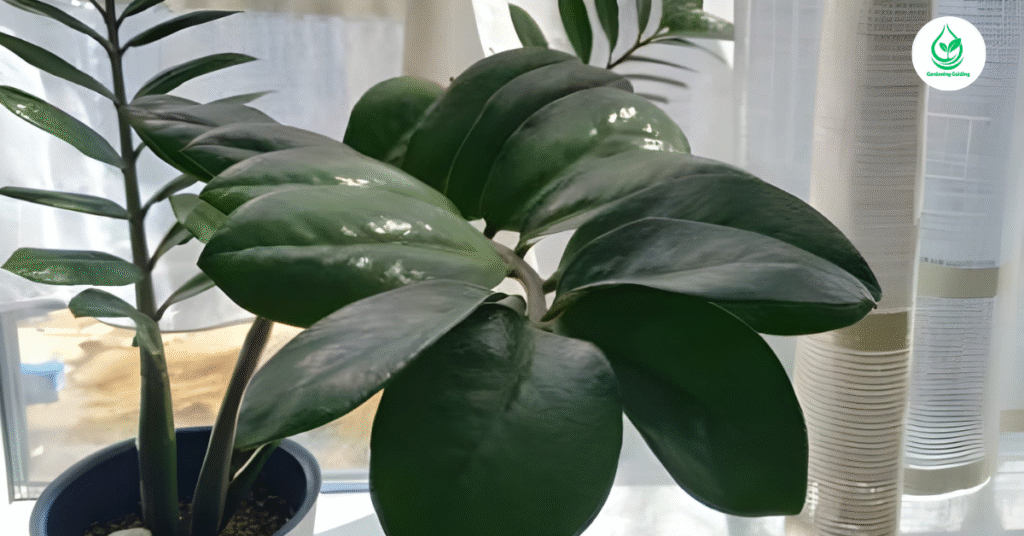
1. Watering Routine
Water only when the top two inches of soil are dry. ZZ plants store water in their rhizomes, so less is more. Overwatering can kill the plant faster than underwatering.
2. Light Requirement
They do best in bright, indirect light but also tolerate low-light conditions. Avoid keeping them under direct sunlight to prevent leaf burn.
3. Soil & Fertilizer
Use well-draining soil, preferably a mix designed for succulents or cacti. Fertilize every 2–3 months during spring and summer with a balanced liquid fertilizer.
4. Temperature & Humidity
Ideal temperatures range from 65°F to 75°F (18°C–24°C). Avoid cold drafts and sudden temperature changes. Moderate humidity is perfect — mist leaves occasionally if your indoor air is too dry.
5. Repotting
Repot every 2–3 years when roots fill the pot. Choose a pot that’s just one size larger to prevent overwatering.
6. Cleaning the Leaves
Wipe leaves once a week with a damp cloth to remove dust and keep them shiny.
7. Propagation Tips
ZZ plants can be propagated by leaf cuttings or dividing rhizomes. It takes time, but with patience, you’ll have multiple new plants from one parent plant.
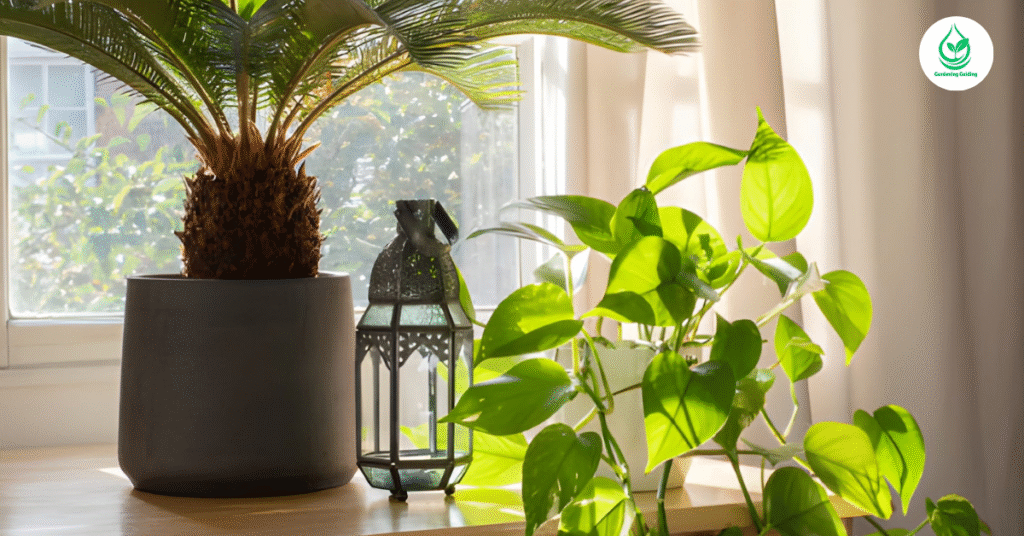
10 Frequently Asked Questions (FAQs)
1. How often should I water my ZZ plant?
Every 2–3 weeks, or when the soil feels dry.
2. Can ZZ plants survive in dark rooms?
Yes, they tolerate low light but prefer some indirect light for faster growth.
3. Are ZZ plants toxic to pets?
Yes, all parts are mildly toxic if ingested by cats, dogs, or humans.
4. Why are my ZZ plant leaves turning yellow?
Overwatering or poor drainage usually causes this problem.
5. How can I make my ZZ plant grow faster?
Place it in bright, indirect sunlight and fertilize lightly during the growing season.
6. Can I grow ZZ plants in water?
Yes, they can grow in water temporarily, but soil growth is healthier long term.
7. What type of soil is best for ZZ plants?
A mix of potting soil with perlite or sand for good drainage.
8. Do ZZ plants bloom indoors?
Rarely, but they can produce small, creamy white flowers in ideal conditions.
9. How do I propagate a ZZ plant?
Cut a healthy leaf, let it dry, then plant it in moist soil or water.
10. Why is my ZZ plant not growing new stems?
It might be dormant — be patient, ensure proper light, and avoid overwatering.
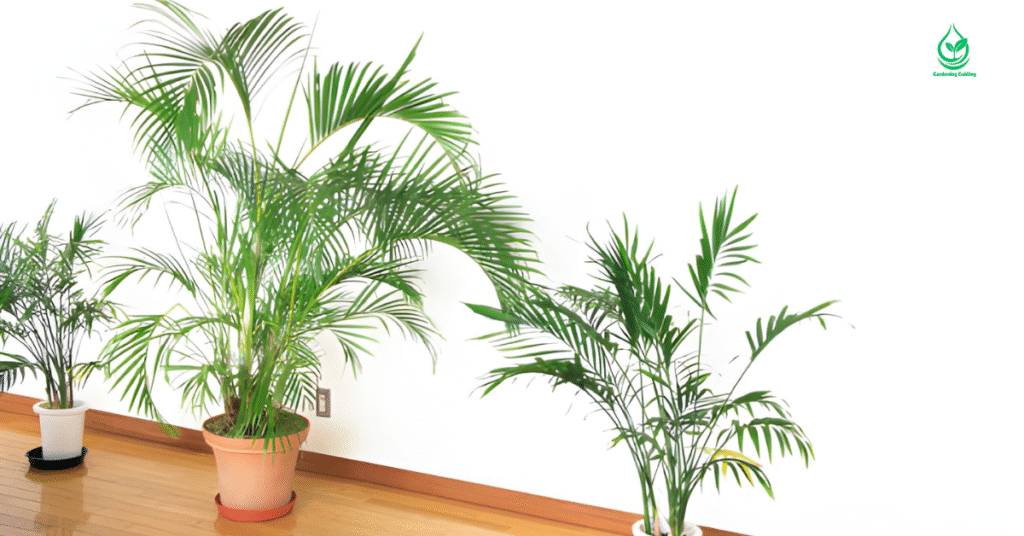
Conclusion
The 5 ZZ Plant varieties — Classic Green, Raven, Variegated, Dwarf, and Lucky Hybrid — each bring a unique charm and benefit to your indoor garden. From air purification to elegant aesthetics, these plants are ideal for anyone looking to add greenery without the hassle of constant care. With their resilience, longevity, and beauty, ZZ plants prove that nature’s elegance doesn’t need to be complicated.
Whether you’re a plant enthusiast or a beginner, a ZZ plant can easily become your favorite green companion — purifying your air, brightening your room, and bringing calm energy into your space.

